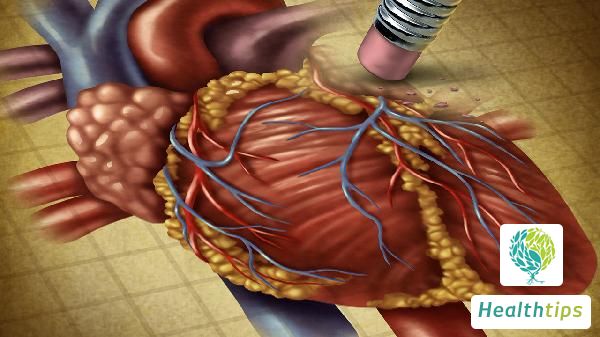"How Does One Define Severe Anemia?"
Severe Anemia
Severe anemia refers to a hemoglobin concentration below 60g/L, accompanied by pronounced clinical symptoms. Patients may experience pallor, dizziness, fatigue, palpitations, shortness of breath, and in severe cases, even consciousness disorders and coma.

Hemoglobin Concentration
Normal hemoglobin concentrations are 120-160g/L for adult males, 110-150g/L for adult females, and 170-200g/L for newborns. If hemoglobin concentration falls below these normal values, it indicates anemia. A concentration below 60g/L signifies severe anemia.
Clinical Symptoms
Patients with severe anemia exhibit symptoms such as pallor, dizziness, fatigue, palpitations, and shortness of breath. Some patients may also experience dyspnea, chest tightness, and loss of appetite. In severe cases, consciousness disorders and coma may occur.
Treatment Methods
For patients with mild anemia, dietary adjustments can be made to improve their condition by consuming foods rich in iron, such as animal liver and spinach. When necessary, medications like ferrous succinate tablets or compound Ejiao syrup can be prescribed by a doctor. In daily life, it is essential to maintain a balanced diet with iron-rich foods like pig liver and chicken liver. Additionally, adequate rest and sleep are crucial to avoid late nights and ensure sufficient rest.



















